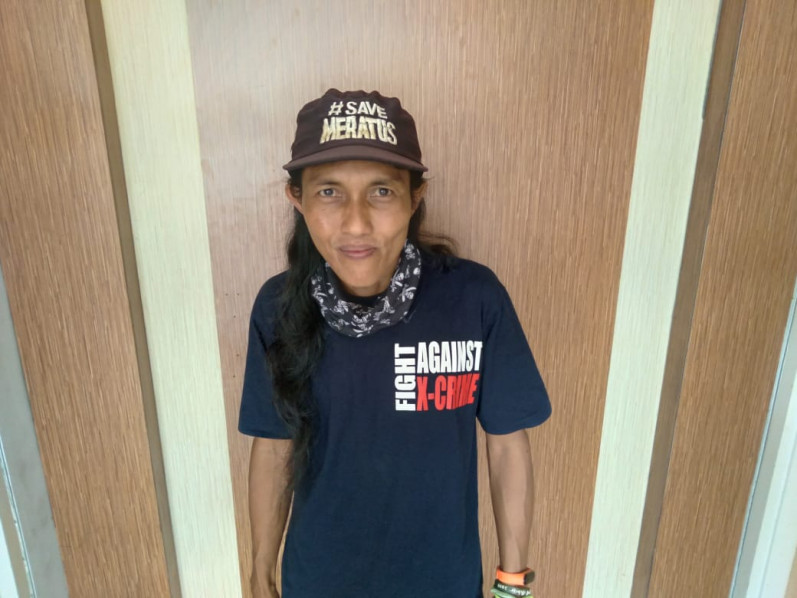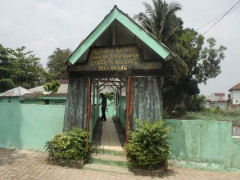A Silver Lining to Restoration in Concession Areas
By ZamzamiSouth Kalimantan's forest and land fires: Amidst the Pandemic
The situation calls for all of the resources to be focused on COVID-19. However, forgetting about the other threats to humankind, especially threats that could repeatedly cause massive loss and greatly affect us must be re-examined. This is the threat of forest and land fires.
The management of forest and land fires should also be a serious concern for the local governments in South Kalimantan. If not, the community will be ravaged by multiple disasters because the South Kalimantan people are also facing the pandemic.
One of the concrete steps taken by the government to minimize forest and land fire disasters is by maximizing communication between the policymakers and the plantation companies.
This is not without reason because these companies -especially those in the oil palm plantation business- are often found to be the cause of forest and land fires.
This is reflected in the Walhi South Kalimantan’s field findings. Walhi South Kalimantan monitored and collected data on hotspots and forest and land fires in several areas of South Kalimantan for nine months (July 2019 – March 2020). The monitored areas are included in the Peat Hydrological Area – part of a large-scale oil palm plantation concession –, in which repeated forest and land fires and company versus community land-related conflicts still occurred.
Walhi's monitoring found an increasing trend in the number of hotspots between July – September 2019 in South Kalimantan. In July, there were only approximately 300 hotspots and it increased to more than 5000 hotspots in September with a total burned peat area of 45911.2 hectares.
Districts with the largest burnt peatland areas are located in Tapin and Hulu Sungai Selatan, where 32.5 and 43.2 percent of the total burned peat in South Kalimantan are located. Tapin and HSS have the largest number of oil palm concessions on peatlands. These concessions are strongly suspected of being the cause of the increased number of land fires in the two districts.
There were 106 hotspots and burned areas in the company’s concession areas in Tapin, which resulted in 1972.2 hectares of land being burned. A total of 39 hotspots are located in the Hulu Sungai Selatan concession area with a total burnt area of 1073.7 hectares. The fire occurred in the unplanted company concession area. It is certainly the company’s responsibility to extinguish the fire.
Walhi's findings confirmed the differences in peat swamp ecosystem management between companies and non-companies. Based on this very important fact, the government should be able to maximize communication and supervision of parties that could potentially cause forest and land fires.
This supervision should also be supported by law enforcement against forest and land fires perpetrators. Based on the 2019 data, the South Kalimantan Regional Police has taken action against four palm oil companies and dozens of individuals. The authorities should have taken more firm action against them this year.
This year’s forest and land fires should not be neglected just because most of the attention and energy from the parties are focused on the COVID-19 pandemic.
*The author is the Executive Director of Walhi South Kalimantan and Coordinator of Simpul Jaringan Pantau Gambut - South Kalimantan
** THIS WRITING WAS PREVIOUSLY PUBLISHED IN THE RADAR BANJARMASIN OPINION COLUMN ON 13 AUGUST 2020 AND POSTED ON THE PROCAL.CO ONLINE MEDIA PORTAL **




